On the second night of my road trip to Southeast Utah, I camped in Bears Ears National Monument, or at least what’s left of it.
The national monument, created by an executive order from President Barack Obama in December 2016, was shrunk by the Trump administration one year later.
Below is one of the Bears Ears buttes, and where I spent the night. The namesake of the national monument survived the dramatic reduction, but others parts I would soon visit were excluded.
Having spent the entire day down in the desert, the higher elevation terrain around the buttes was a welcome respite from the heat. I camped at nearly 9,000 feet, so it actually got downright chilly at night. The high elevation, the dry air, the clear skies, and the calm weather made for a great night of stargazing and astrophotography.
Photographing celestial objects is a relatively new hobby for me. Although I’ve been interested in photography for decades, it wasn’t until about five years ago that I got a good enough digital SLR, the Canon 6D Mark II, for shooting the night sky while on camping trips.
You’re totally at the mercy of the weather, not to mention the phases of the moon, but when the stars align for a clear, moonless sky that’s far away from light pollution, the skyscape is awe-inspiring, even when viewed with the naked eye.
I still have a lot to learn about astrophotography, especially when it comes to processing the imagery, but the real fun comes from playing around with compositions and the exposure settings. The image above is a 30-second exposure, while the one below is nearly a half-hour.

The next day dawned clear and warm. After eating breakfast, I went for a short ride around the dirt roads in the area. I could feel the elevation in my lungs, but it was great to be back on my mountain bike after a long hiatus.

I also took the drone for a spin. The still image below shows both buttes, which are just some of the many culturally significant sites in the region.
The buttes remain sacred to the region’s indigenous people, and the Native American tribes in the Four Corners pushed hard for the monument designation. Here’s more from the Bears Ears Coalition:
Many Native people continue to hunt, gather medicinal herbs, and conduct ceremonies in the Bears Ears, as our ancestors have done since time immemorial. Beyond just protection, these lands will be managed in an entirely new way incorporating Native American traditional knowledge as an intellectual partner to western science, where the land and all its component parts are the mentor, the teacher, the healer, and where all our other-than-human relatives are honored and respected in a dance of reciprocity.
This part of Bears Ears National Monument isn’t some pristine wilderness–there are roads snaking through the landscape–but on my visit it was easy to understand why the place is so special, not only for Native Americans but also for anyone else who visits.
This post is part of a series on my May 2018 trip to Southeast Utah. Check out the rest:
- Day 1: Goblin Valley State Park photos
- Camp 1: Little Flat Top drone flights and video
- Day 2: Dirty Devil and Lake Powell Overlooks
- Camp 2: Bears Ears National Monument photos
- Day 3: Valley of the Gods photos
- Day 4: Canyonlands National Park confluence hike
- Camp 4: Finding my North Star in the Abajo Mountains
- Day 5: Colorado River drone footage near Moab, Utah
Mitch Tobin
Mitch Tobin is an author, multimedia journalist, and FAA-certified drone pilot based in Durango, Colorado.
Related Posts
1 Comment
Comments are closed.
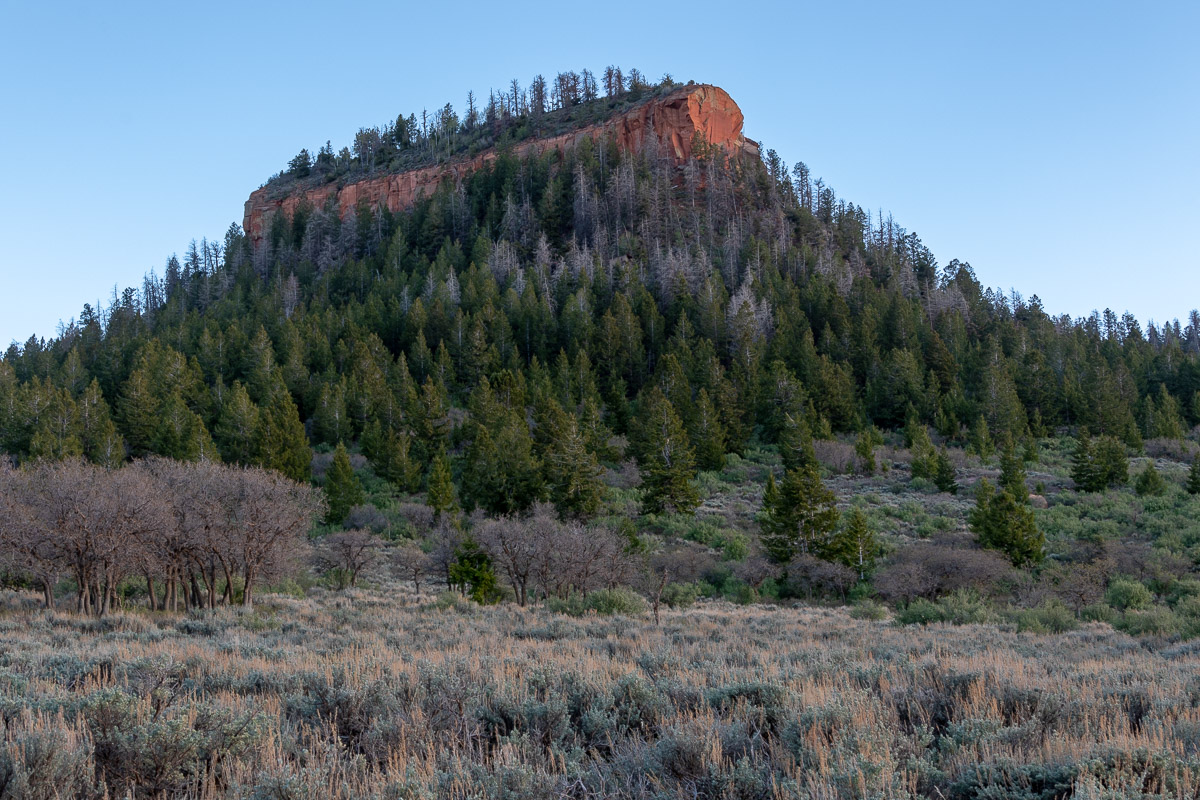
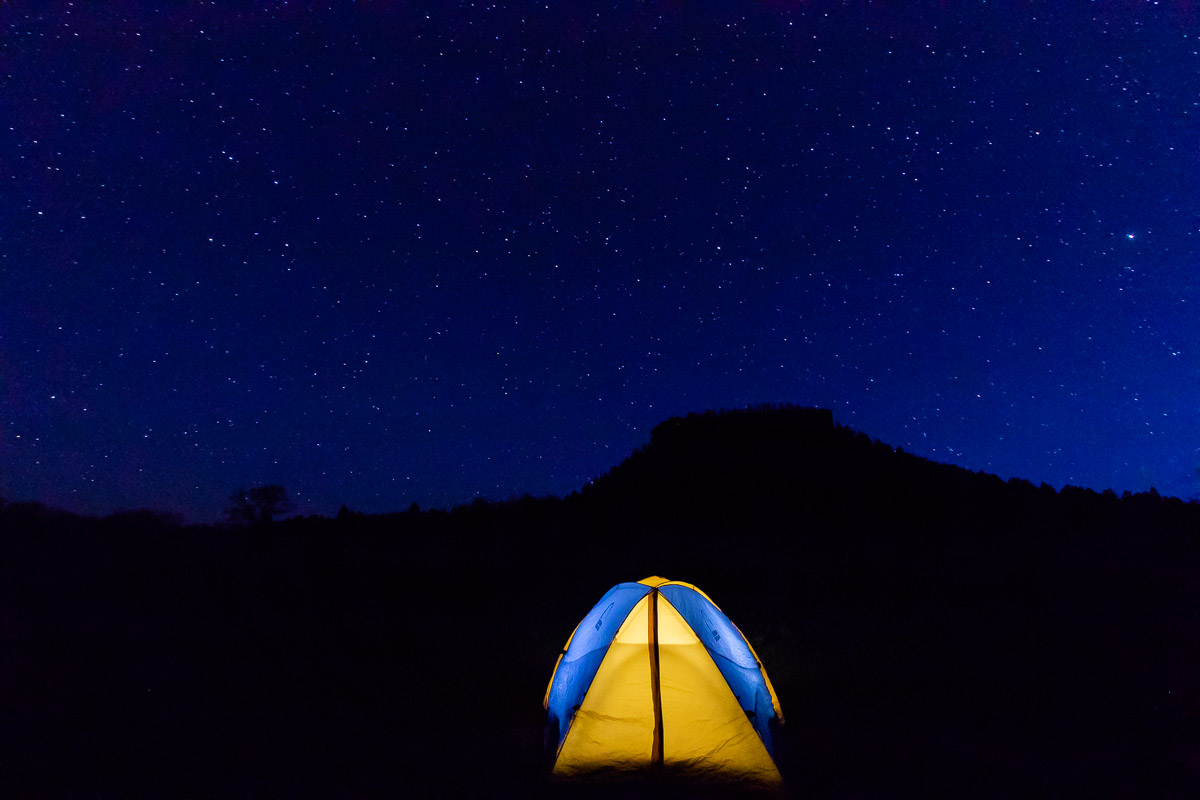
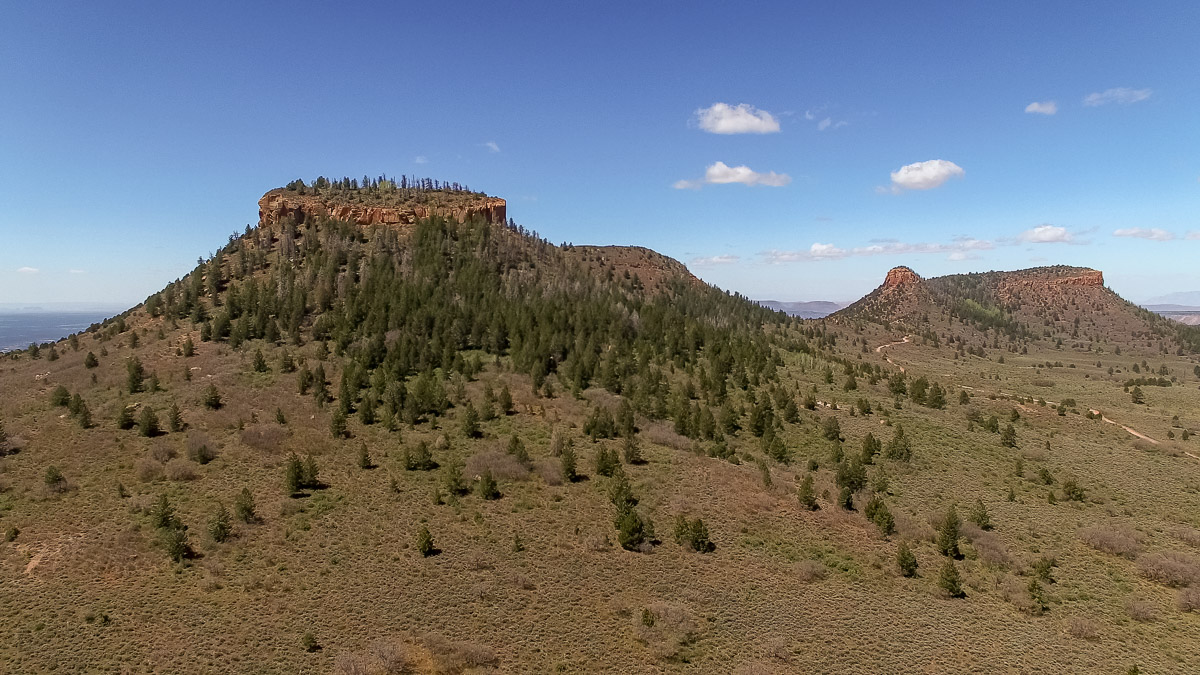
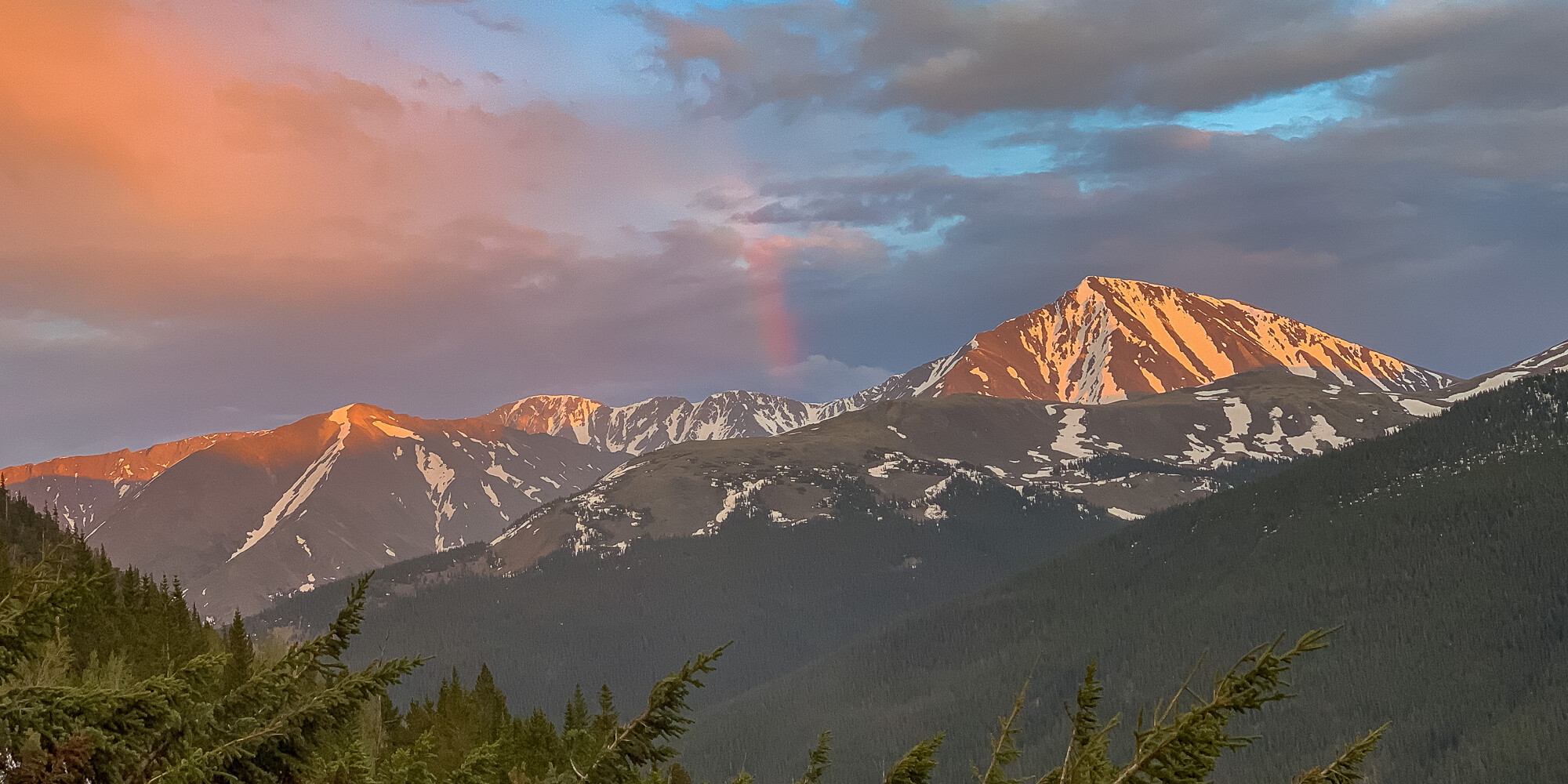
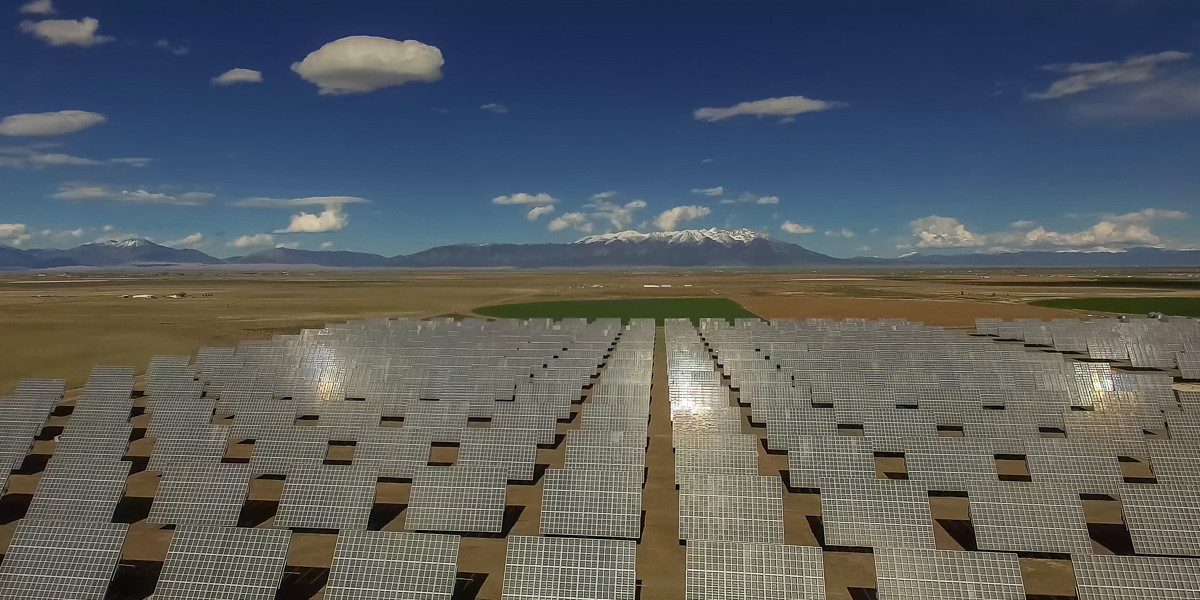

[…] Camp 2: Bears Ears National Monument photos […]